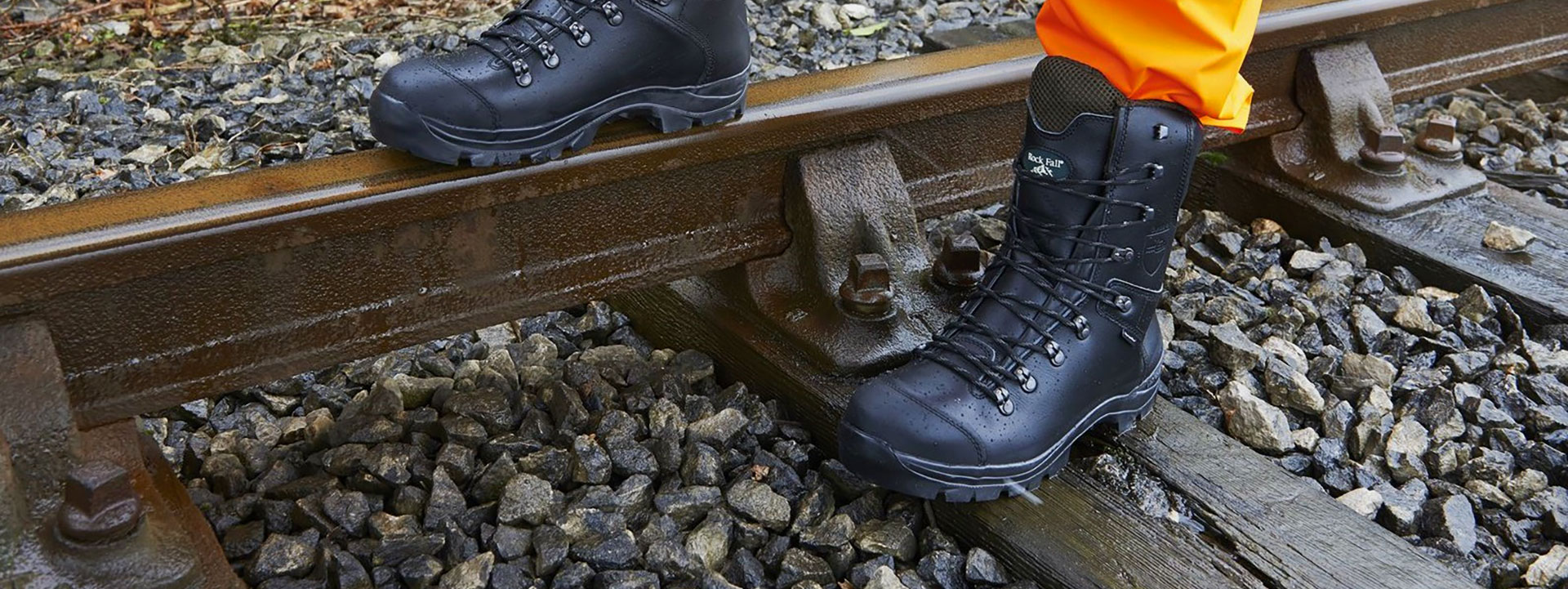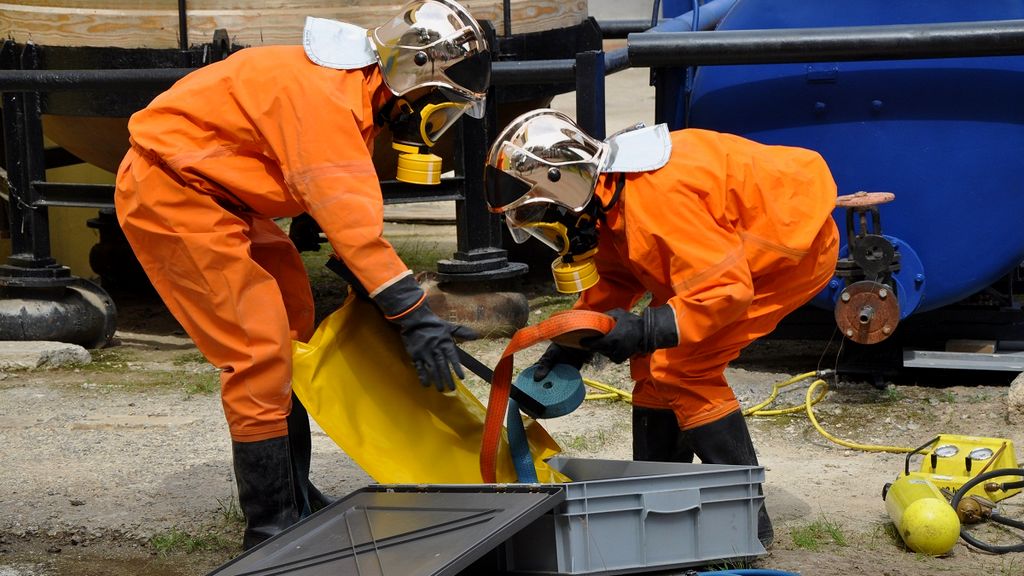
Copyright © 2020 EUROLAB Laboratory Inc. All rights reserved.

EN IEC 61340-4-3 standard, which is a European standard and published by the International Electrotechnical Commission (IEC), an affiliate of the International Standards Organization (ISO), describes the requirements for determining the electrical resistance of shoes used in the control of electrostatic potential on humans and methods are presented. This standard has been published in our country by the Turkish Standards Institute (TSE) with the following title: EN IEC 61340-4-3 Electrostatics - Part 4-3: Standard test methods for special applications: shoes.

This standard describes a test method for measuring the electrical resistance of shoes alone. This standard serves as a proficiency test or acceptance test for new shoes and as a periodic test method for shoes in use.
EN IEC 61340-4-3 standard does not contain personal safety requirements. However, shoes used within the scope of this standard in all workplaces are regulated by the relevant legal regulations regarding the health and safety of employees.
Although electrical resistance measurement techniques can be applied, insulated shoes are not covered by this standard.
In the latest update of this standard, environmental classes for the classification of shoes as electrostatic conductive or electrostatic dissipative and laboratory tests have been removed. Instead, a set of conditions are introduced for preconditioning, conditioning and tests to be applied. On the other hand, the reference to the IEC 61340-2-3 standard to measure the resistance of the counter electrode placed inside the shoe has been removed.
Static electricity is generated when two materials come into contact with each other. During contact, some electrical charges are dissipated by passing from one material to another. In this case, one material is loaded positively, while the other material is negatively charged. If the materials can drive electricity away, the charges will dissipate and recombine, and the effects of static electricity will be too small to be noticed. However, if the charges separate faster, an amount of electrostatic charge builds up.
Our organization, which has been trying to support businesses from all sectors with its wide range of testing, measurement, analysis and evaluation studies for years, has been working with its trained and expert staff and advanced technological equipment, within the framework of glove testing services, in the scope of EN IEC 61340-4-3 shoes. also provides services.
To get an appointment, to get more detailed information or to request an evaluation, you can ask us to fill in our form and reach you.